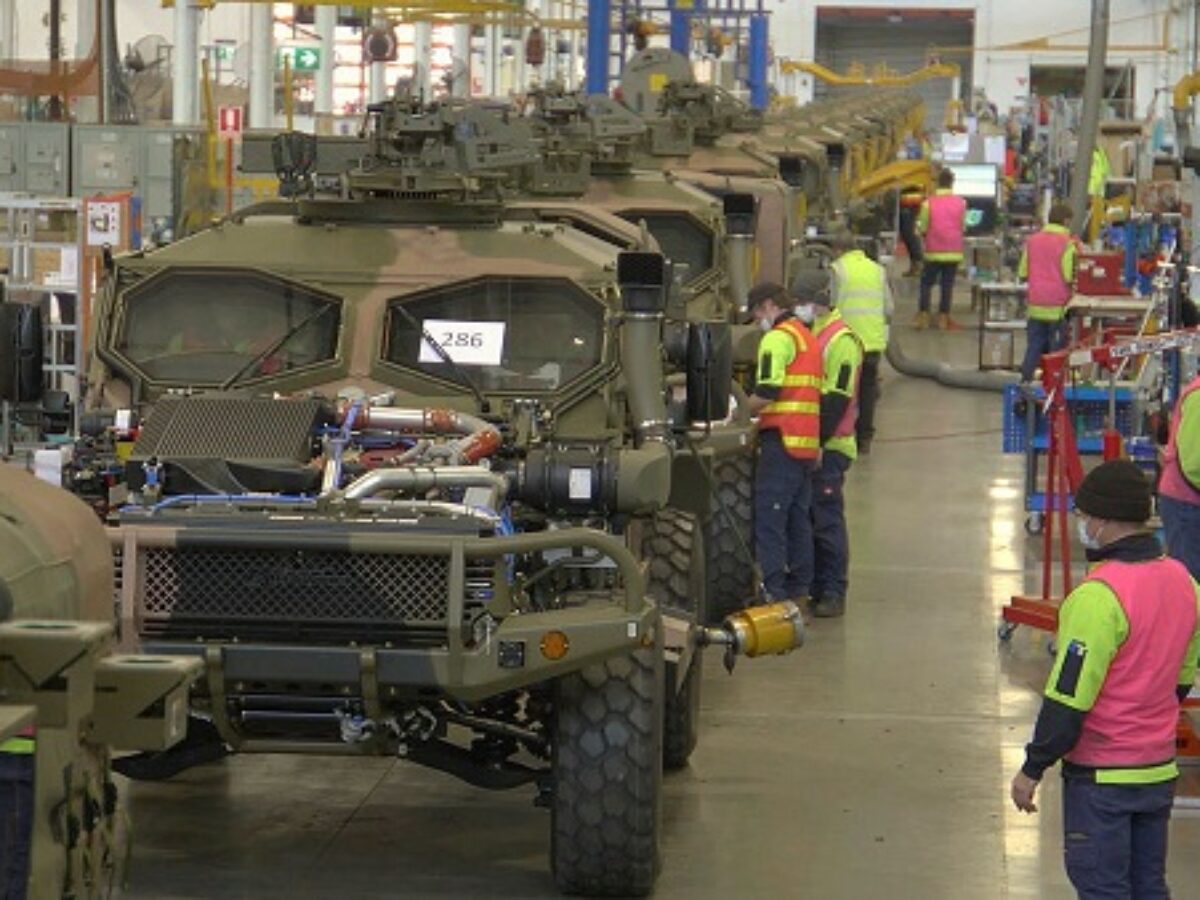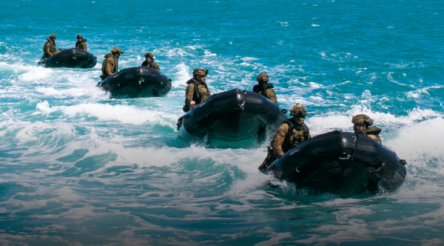Report sheds light on defence local construction cost premium

A report by the Australian Strategic Policy Institute has injected a little reality into claims that Australia is paying too much for military equipment, and specifically the Hunter class frigate programme.
In Understanding the price of military equipment ASPI senior analyst Marcus Hellyer argues that that the cost of modern military equipment can be eye-wateringly high, and there’s always a ‘sticker shock’ when we compare the costs of military systems with the costs of their civilian counterparts.
Launching the report he said: “Those costs are driven by the constant quest for better capability that provides an advantage in a life-and-death business.
“That striving in turn drives rates of cost escalation that greatly outstrip inflation in the broader economy.
“No Western country has yet found a way out of that endless cost spiral, and Australia is certainly not an exception.”
Hellyer said Australian defence’s quieted costs are not just for a platform such as a single ship, but cover facilities, training systems, documentation, intellectual property, integration of new equipment onto existing systems, science and technology programmes and so on.
“Public information often seems to suggest that there’s a major discrepancy between what Australia is paying for military equipment and what other countries pay.
“Commentators often assume that this is caused by high premiums for local build or that Australia is being taken advantage of by the arms industry.
“While we can’t rule those factors out completely, we’ve seen that there are many factors driving apparent differences in cost.”
In one hypothetical example Hellyer shows how an up front military purchase could begin at an off-the-shelf $1 billion, and become for a whole of programme $3.5 billion.
More specifically, the report said there were reasons for the increase in estimated cost for the nine Hunter class frigates from an initial $30 billion in turned-out costs to $35 billion and most recently $44.1 billion:
- The first is the systemic under-representation of the cost of megaprojects in the 2016 White Paper’s integrated investment programme. Costs of submarines and infantry fighting vehicles also rose sharply
- The second is that continuous naval shipbuilding comes with a massive premium. In order to align the completion of the Hunter frigates with the replacement of the Hobart-class destroyers in the late 2040s, Hunter’s schedule has been deliberately slowed down – slower schedules result in greater cost
- And the third is that the Hunter class has grown significantly in size from 8,800 tonners to more than 10,000 tonnes. Cost is to a large degree driven by size.
Hellyer compares the per-ship price of the nine Hunter class frigates with an equivalent frigate purchase by Canada, which has 15 frigates under construction.
He said: “The cost of the Canadian programme is actually higher than Australia’s on a per ship basis.”
Hellyer also examined the cost of UK and US ship builds.
If anything the comparisons show how difficult it is to compare apples with oranges, the extreme complexity of what published estimates are actually counting, and not counting, and the dangers for commentators who are unaware of costs in detail.
Australian programmes certainly seem to include a bigger scope than those overseas, and also a risk contingency not seen elsewhere.
“It’s hard to make firm conclusions based on the limited data available for both Australian and overseas programmes.
“The most robust public estimate and most direct analogy is the Canadian programme.
“It appears to be costing at least as much as Australia’s on a per ship basis.”
Hellyer said comparisons with the UK and US are harder due to the lack of data regarding the UK’s programme and the indirect analogy with the US Navy’s.
“Nevertheless, Australia does appear to be paying more on a per ship or per tonne basis, but it isn’t by the margins some commentators have claimed.”
Hellyer said the cost difference between the US and Australian build could be around 26 per cent.
“That’s consistent with the RAND Corporation’s assessment of the local Australian premium.”
Picture: ASPI/Thales Hawkeye production line, Bendigo
Subscribe to our free @AuManufacturing newsletter here.
Topics Defence
@aumanufacturing Sections
Analysis and Commentary Awards Defence Manufacturing News Podcast Technology Videos










